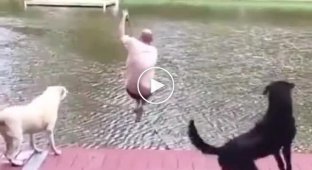Dog Bite Strength Rankings: Which Breed Is Insanely Strong? (11 photos)
A pit bull? Or maybe a German Shepherd or a Kangal? Which dog breed can rival a wolf in bite force? A quick Google search will yield a whole list! 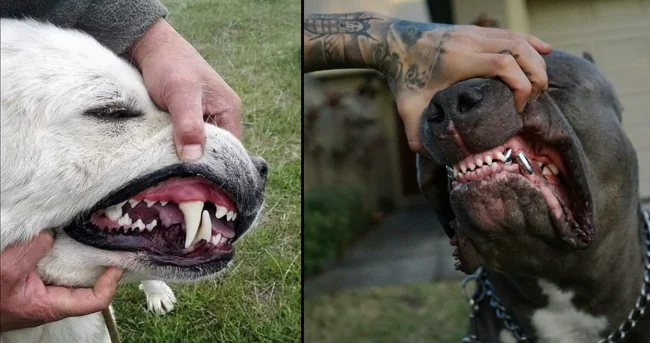
Which fighter will you choose?
Before choosing a leader, we must first understand: by what criteria are power comparisons even used? Some places list values in Newtons, others in atmospheres, and the tabloids are not shy about ripping off numbers out of thin air. All this confusion stemmed from an old episode of the National Geographic educational television program about the most dangerous animals, which tested various dogs. They came up with some figures, but it couldn't be called a full-fledged study. The experimental conditions were fuzzy, the sample size was too small—it was more of a show for viewers. 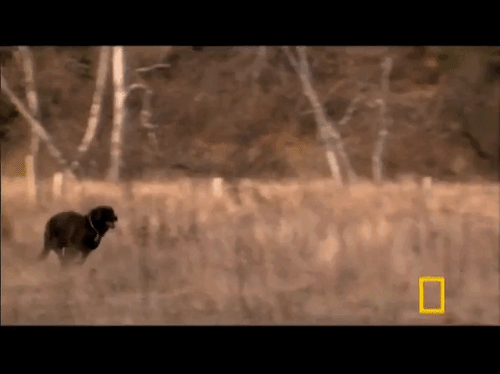
But the information from the program still gained traction. And then it found its way onto forums, where the numbers were distorted ten times over. Now we have a multitude of articles and correspondence that continue to claim that bull terriers (of course!) are considered the absolute champions with the strongest mouths, with a bite force of 1,700 Newtons. 
A shark from the dog world.
But if you search for scientific papers, you won't find any real confirmation of this. This is because there are some problems with measuring bite force. It's impossible to explain the experimental conditions to a dog, so scientists have to imagine. And each new experiment yields different data. 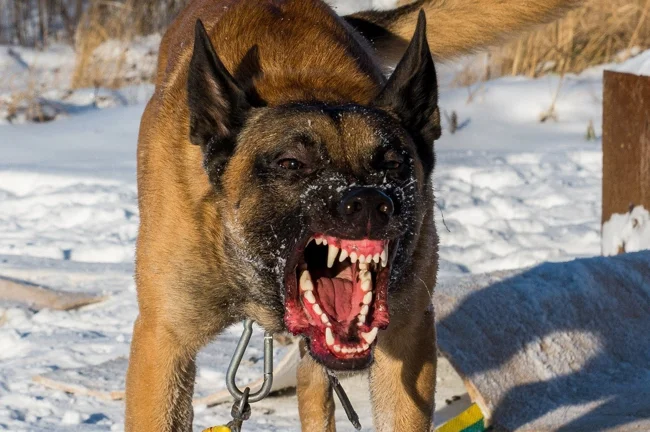
Author, why think so? Put the Malinois first. Look at those teeth. Do you need any more proof?
As a result, we get several experiments with wildly different results. Moreover, in all the experiments, the dogs were completely different—meaning, no one ever sampled them by breed! So, can we end the article? Not quite. We've created our own ranking. It's based not on specific values, but on the breed's intended use.
"Powerful Bite"—Molossoid Breeds
These are Cane Corsos, Rottweilers, Bullmastiffs, Central Asian Shepherds, and Caucasian Shepherds. They don't just bite—these beasts fight with the courage of a gladiator. Having latched onto an opponent, the Molossus immediately engages its neck and torso muscles, crushing with its chest, and trampling with its paws. 
Some aggression. And the teeth are grinding.
As a result, we get several experiments with wildly different results. Moreover, in all the experiments, the dogs were completely different—meaning no one ever sampled them by breed! So, can we conclude the article? Not quite. We created our own ranking. It's based not on specific values, but on the breed's intended purpose.
"Powerful Bite" - Molossoid Dogs
These include Cane Corsos, Rottweilers, Bullmastiffs, Central Asian and Caucasian Shepherd Dogs. They don't just bite – these beasts fight with the courage of a gladiator. Once they've grabbed their opponent, the Molossoid Dog immediately engages their neck and body muscles, crushing them with their chest, and trampling them with their paws. 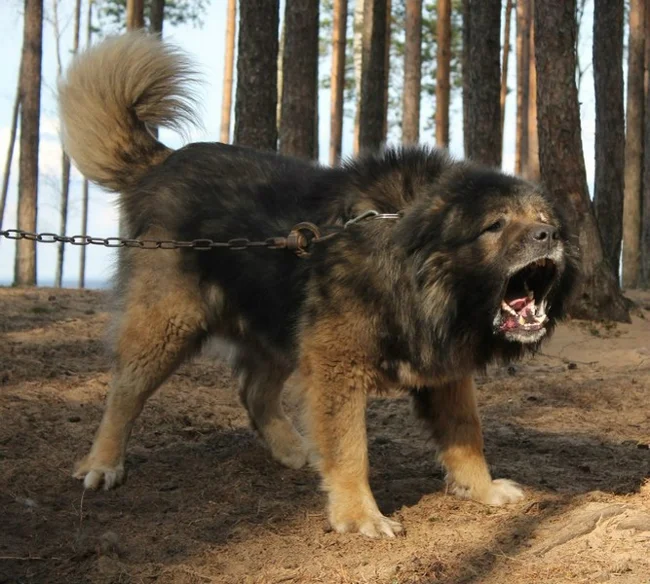
Even walking in a dark forest with a dog like this isn't scary.
Molossoid Dogs were bred to serve as living shields. They were supposed to hold off the opponent, be it human or wolf, and, if possible, break every bone in one-on-one sparring. A wolf rarely engages in such serious and exhausting close combat: if the opponent is beyond its strength, the gray one will simply retreat. Or, like with a moose, it will circle around, nip at tendons, exhausting them, but never fight directly.
"Precise Bite" - Service Breeds
German, Belgian, and East European Shepherds, Dobermans, and Giant Schnauzers. These monsters don't waste their energy. For this reason, they have been bred and trained for centuries to apprehend criminals. They won't waste their energy on hand-to-hand combat. They will bite where it hurts. 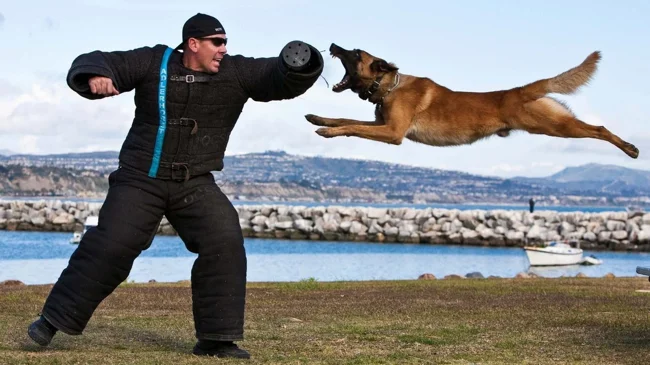
The dog's mouth locks onto the criminal's hand. A fascinating sight!
Now, trainers teach service dogs to aim for the forearm or calf. But in the past, dogs had far more "bite marks." For example, they were trained to attack the groin or neck. The goal of such breeds is not to destroy the enemy outright, but to stop the villain by any means necessary and wait for a competent handler. A wolf could compete with them, but in the wild, it almost never behaves as boldly and fiercely as a working dog. 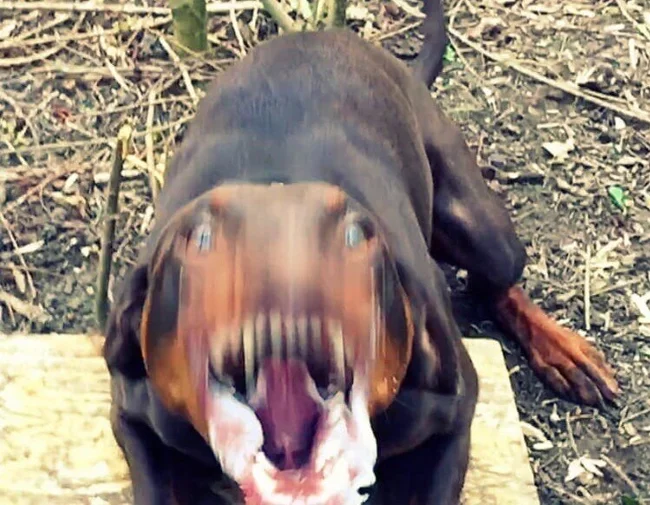
A sudden jump scare in the middle of the article. To keep you on your toes.
"The Strongest Bite" — Bull-Type Dogs
Staffords, Pit Bulls, Bull Terriers, Bulldogs, and Bullies. There's no need to explain this; everyone already knows that once one of these dogs grabs you, you can't pry its jaws open. Anatomy and centuries of selective breeding are on their side. Bite strength depends on the structure of their mouth. Bull-type dogs have a short but wide muzzle. Physically, their mouths clamp shut more tightly than those of other breeds. They were bred specifically for this purpose: to be used for spectacular fights with dogs and other animals. The idea was for the dog to bite into the victim and hold it with its teeth for as long as possible, exhausting it and slowly killing it. 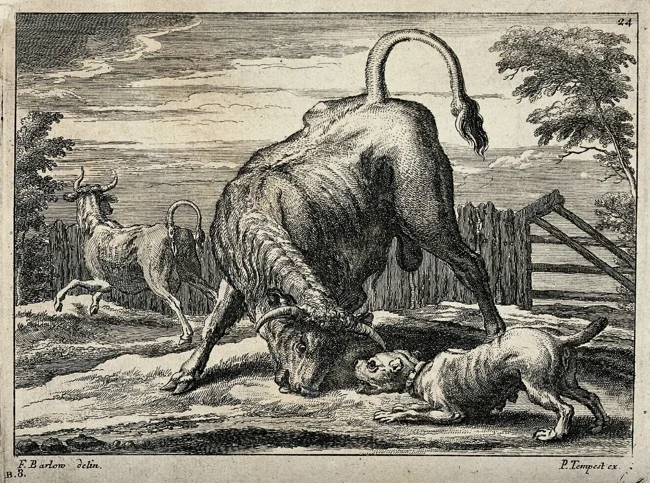
The dogs would attack the bull's most sensitive areas: the throat and nose. The goal was for the dog to bring the animal, weighing several hundred kilograms, down to its back. Yes, in the past, the torment of one animal and the possible death of another by the horns and hooves was considered entertainment.
That's why even now, when the adrenaline surges, these dogs bite with all their might and hold on until the last breath. These monsters feel virtually no pain—it's as if their self-preservation instinct is switched off. Forest predators never bite so hard or fight so fiercely. 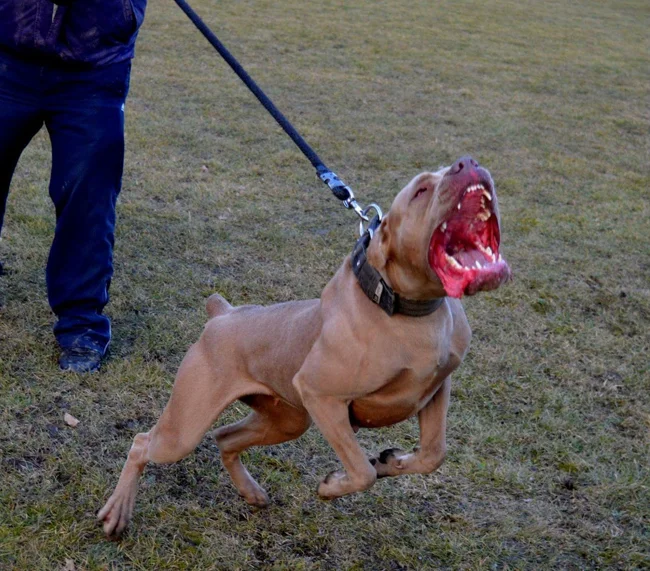
You shouldn't put your hand in this crocodile's mouth!
"The Gentlest Bite"—Hunting Dogs
You ask, does that even happen? Of course! The winners of the category were spaniel retrievers: Labradors, Goldens, English hunting dogs, poodles, Clumber spaniels, and some others, which have been used for centuries to retrieve game. 
These dogs will retrieve even the tiniest bird safe and sound.
Their job is to find prey, catch it (if it's still alive), and retrieve it. At all times, dogs that could retrieve fluttering game safe and sound, without damaging a single feather, were especially prized. These dogs were kept for breeding, and the puppies were sold for large sums. No one wants to finish off a duck after a hunting dog. Wolves are certainly not capable of such precision.




















